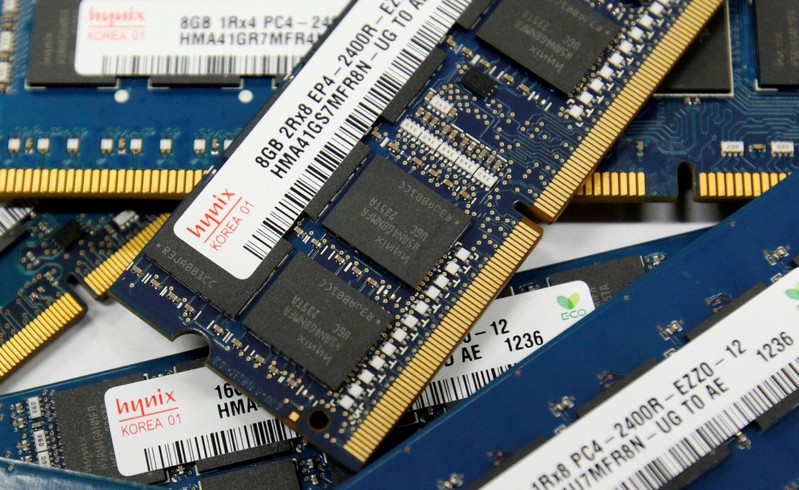China has launched an investigation into Samsung Electronics Co Ltd, SK Hynix Inc and Micron Technology Inc, the three largest semiconductor makers who control the market for DRAM memory chips. According to Taiwan’s Electronic Times, these three companies are suspected of manipulating DRAM market prices in China. If they are found culpable, they will be punished with maximum fines of up to $8 billion. From 2016-2017, the global DRAM memory prices continued to rise for both the PC market and the smartphone market. This phenomenon attracted the attention of the Anti-Monopoly Bureau of the Ministry of Commerce of the People’s Republic of China. The ministry looked into Samsung in December 2017, but this did not prevent DRAM prices from continuing to rise in the first quarter of 2018.
Just last month, the Chinese anti-monopoly department interviewed Mei Guang, and then launched investigations on the three companies. Samsung, SK Hynix, and Micron have all confirmed that the Chinese antitrust department has investigated their offices in China and will fully cooperate with them, but they did not disclose the details of the investigation. According to China’s antitrust laws, Samsung Electronics, SK Hynix, and Micron may be fined between $800 million and US$8 billion if they are found to be subject to price manipulation.
In the United States, Samsung, SK Hynix, Micron, Infineon, and Elpida were fined for manipulating the price of DRAM memory between 1999-2002. Infineon later withdrew from the DRAM market while Elpida was bought by Micron. As of now, China is the world’s largest consumer of DRAM memory. In 2017, it imported memory chips worth $88.92 billion, which rose by nearly 40% compared to the previous year.






